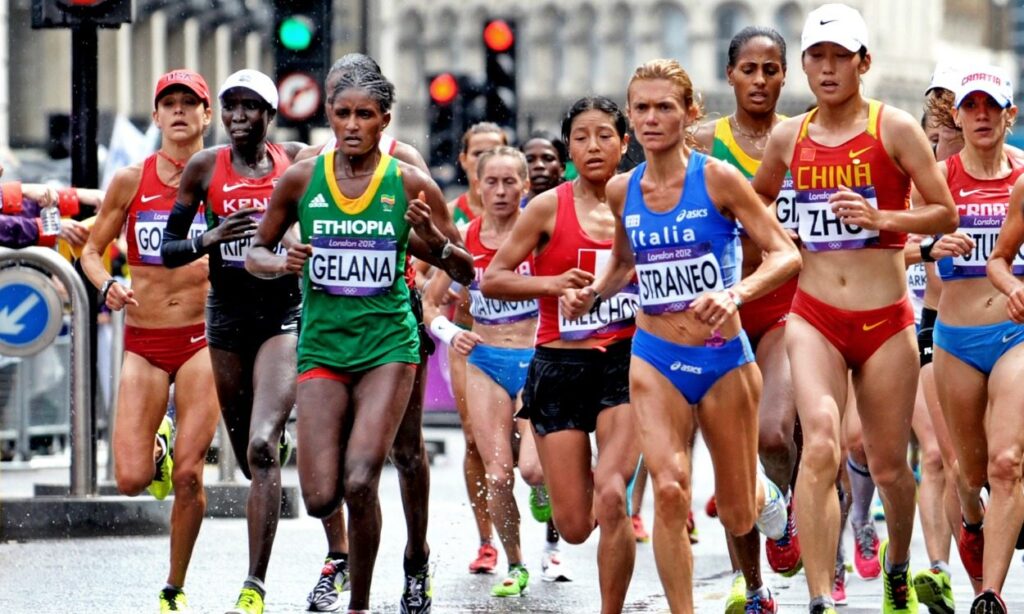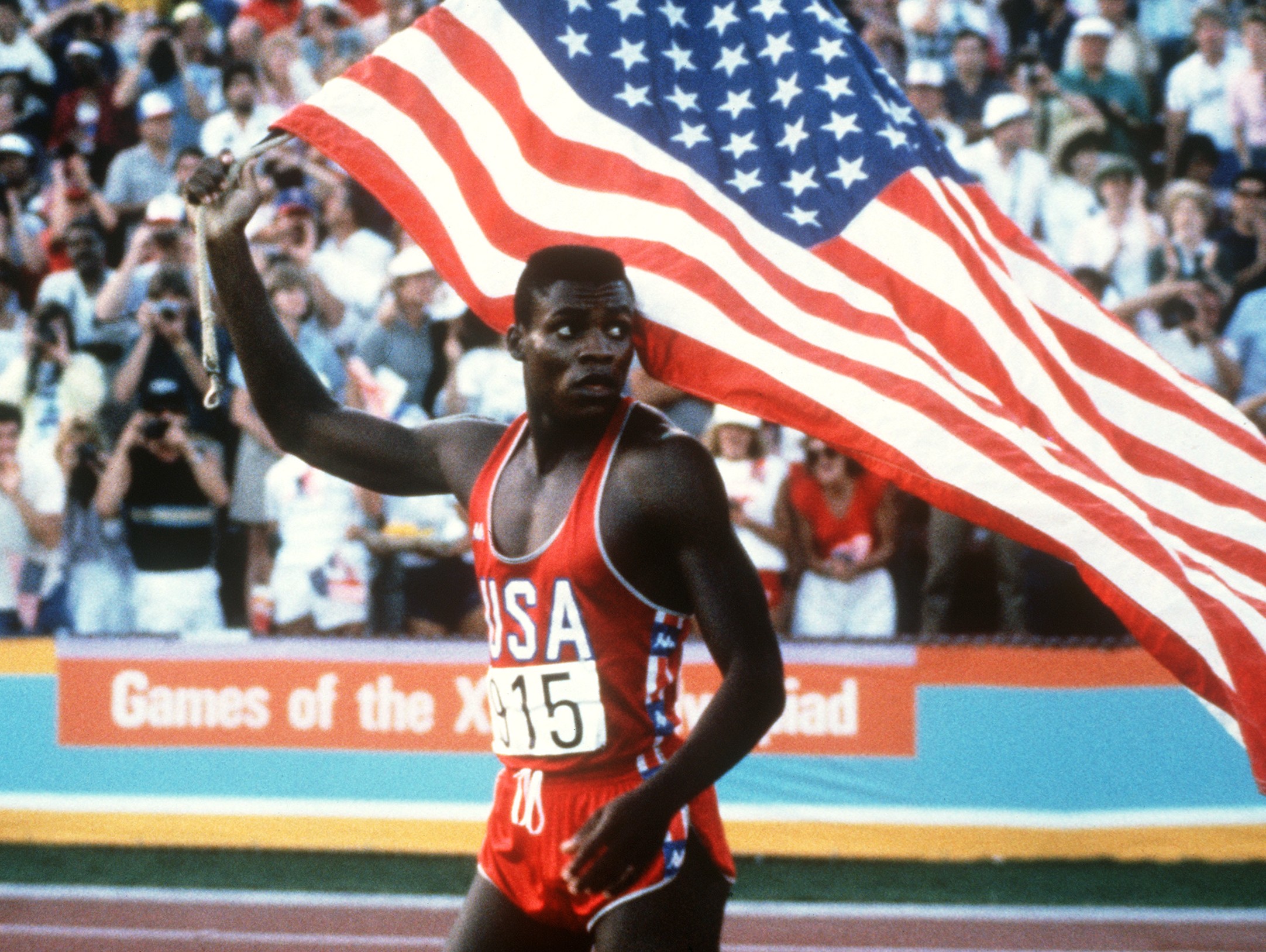Men are, on average, faster than women when it comes to sprinting and marathoning. This is largely because of their generally bigger hearts, which can deliver more fresh oxygen to the body, and to bigger stores of the sex hormone testosterone, which can make muscles bulkier and stronger. Men are also able to store more glycogen in their muscles than women, which is like a quick-release fuel for speed. When it comes to the long distance races, however, research has found women gain speed throughout the course of the 26.2 miles, whereas men are more likely to slow. A new study suggests that at some of the very longest distances that people run, women tend to outperform men on a minute-per-mile basis. For the new study, a collaboration between the International Association of Ultrarunners and footwear review company Run Repeat, analysts looked more than 15,000 ultra running events over 23 years. They have discovered among many things, that as distances extend, women quickly close the pace gap between genders and at extreme distances women in fact are faster than their male counterparts. It found that females are typically faster than males over “extreme” distances of 300 kilometres or more. The longer the distance, the shorter the gender pace gap,” said the researchers. In 5 kilometres, men run 17.9 per cent faster than women, at marathon distance the difference is just 11.1 per cent, 100-mile races see the difference shrink to just 0.25 per cent, and above 195 miles, women are actually 0.6 per cent faster than men. Though the difference is small, but it’s still relevant, a 0.6% difference in time is substantial, over a 195-mile race.

In my opinion there could be physiological as well as psychological reasons to these results. Physiologically, when running at the submaximal intensity, required to complete a marathon or any ultra long distance race, women burn a higher percentage of fat than men. This would mean they are less likely to hit “the wall’ – the point when glycogen is depleted. Second, women have a greater proportion of type I muscle fibers, so their endurance capability is greater. Slow twitch muscle fibres are more efficient than fast twitch fibres because they used oxygen to produce the body’s primary energy source, ATP. These muscles are therefore ideal for endurance activities. In comparison, men appear to have a higher proportion of fast twitch muscle fibres and have a greater power output compared to women. Fast twitch muscle fibres have up to 20% better contractile force compared to slow twitch fibres, but they are not as efficient. They are better suited to activities which require short bursts of speed like sprinting. Third, and this applies specifically to marathons in warmer weather, women tend to have a larger surface area-to-mass ratio than men, allowing them to dissipate a larger percentage of heat produced by running. Finally, while there is not enough data to solidify the argument yet but it’s possible that estrogen, the female hormone helps make more fat available to the body as a fuel source once initial energy stores of glycogen have run down. Estrogen may also help improve super long-distance running performance because it helps protect muscle membranes, making muscles function more consistently and without much fatigue over long hours of running.

Men are more likely to slow down during a marathon race. This may be due to differences in pacing between the genders as men are more likely to adopt a faster pace at the outset of the race which increases the chance of slowing later.
One of the reasons women could be performing well at ultra-endurance events is how they deal with emotions, when they think about ultra-endurance events, one of the things that’s quite prevalent is emotions because you get fatigue, sleep deprivation and tiredness and that causes things like confusion and less helpful emotional responses. Typically females use more emotion-focused coping so they focus more on how to reframe what they are feeling than males in general. That might be a reason why they may be more suited to those more ultra-endurance events. For female participants, events such as childbirth help them to deal with the pain, means they have more belief in themselves so that they could push through the pain. When you think about ultra-endurance, it is a very painful experience.

Dr Saranjeet Singh
Fitness & Sports Medicine Specialist
Lucknow (UP), INDIA







